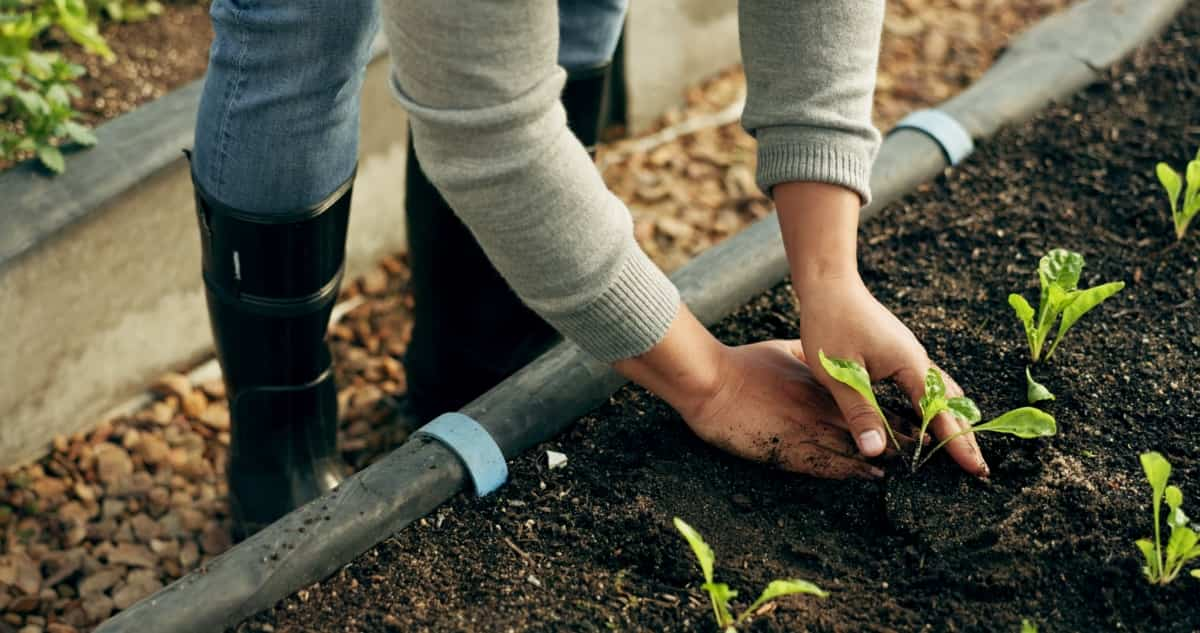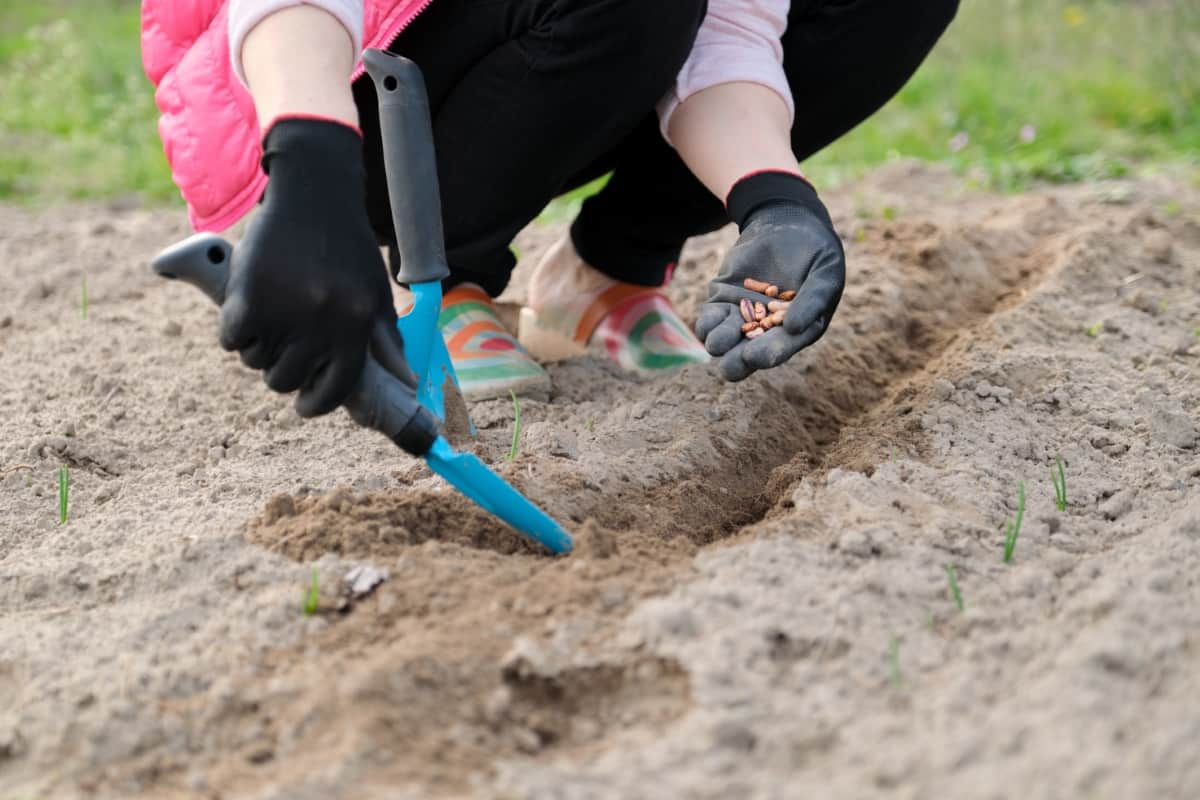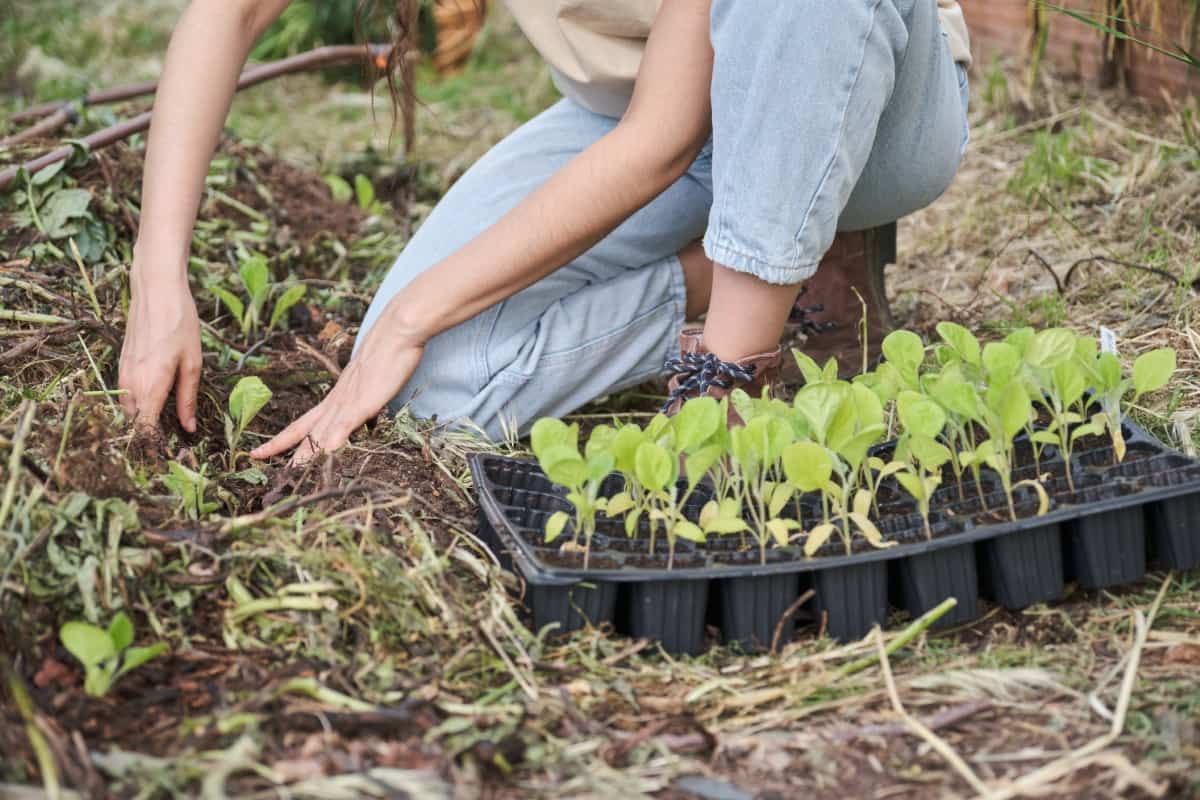In the diverse world of gardening, understanding your specific growing zone is crucial for successful planting. Zone 3b is a unique area characterized by a shorter growing season and cooler temperatures, making it essential to plan your planting calendar meticulously. This guide offers valuable insights into the Zone 3b planting calendar, featuring a comprehensive planting chart for vegetables, fruits, and flowers.
The Zone 3b vegetable planting calendar is customized to meet the unique requirements of this zone, promoting optimal plant growth for a diverse range of crops. From what grows best in Zone 3b to a detailed Zone 3b fruit planting schedule, this article covers all necessary aspects to assist gardeners in maximizing their yields throughout the year.

The Zone 3b planting schedule, including free planting calendar resources, will guide you through the intricacies of planting in this unique climatic zone. Whether you’re interested in the Zone 3b fall planting schedule, the summer planting schedule, or planning for winter and spring, this guide encompasses all essential elements for a fruitful gardening experience.
Planting Calendar for Zone 3b
Understanding Zone 3b
Zone 3b, a distinct gardening zone in the USDA classification, experiences cold winters and short summers, which significantly influences the planting and harvesting times for various crops. The climate in Zone 3b is characterized by an average minimum winter temperature of -35 to -30 degrees Fahrenheit, dictating the types of plants that can thrive in this environment.
Gardeners in Zone 3b must select crops that can withstand frost and have a shorter growing period. This zone is ideal for cold-hardy vegetables, fruits, and flowers that can adapt to the cooler climate. Understanding this specific zone’s limitations and strengths is key to cultivating a successful garden. Whether it’s selecting the right vegetables for the Zone 3b vegetable planting schedule or choosing flowers and fruits that can survive the harsh winters, knowledge about Zone 3b’s climatic conditions is indispensable for any gardener in this region.
Spring Planting Guide for Zone 3b
As spring arrives in Zone 3b, it brings a welcome opportunity for gardeners to start their planting season. In this period, cool-season vegetables like peas, spinach, lettuce, and radishes thrive, making them ideal choices for the Zone 3b spring planting schedule. Hardy herbs such as parsley and cilantro can also be sown during this time. It’s essential to monitor the soil temperature and weather forecasts closely, as late frosts can pose a risk to young seedlings.
Gardeners can take advantage of the cooler spring temperatures to establish these crops, which can tolerate a bit of chill. Commencing seed germination indoors is a widespread technique in Zone 3b, facilitating an earlier initiation of the growing season. As the weather warms, gardeners can transition to planting hardier vegetable varieties, setting the stage for a bountiful harvest later in the year.
Summer Planting Guide for Zone 3b
In Zone 3b, the summer season, although short, is a critical time for planting a variety of fruits, vegetables, and flowers. This is the ideal time to plant warm-season crops that require more heat and longer daylight hours. Vegetables like tomatoes, peppers, and cucumbers can be planted, ensuring they are protected from any unexpected late frosts.
In case you missed it: Planting Calendar for Zone 1b: Schedule for Vegetables, Fruits, and Flowers in Summer, Winter, Fall, and Spring

For flower enthusiasts, summer is perfect for sowing sunflowers, marigolds, and zinnias, which add vibrant colors to the garden. Fruit planting in Zone 3b during summer includes options like strawberries and raspberries, which can tolerate the cooler summer temperatures characteristic of this zone. Gardeners should ensure regular watering and pest control during these warmer months to maintain healthy growth. Utilizing mulch can also help retain soil moisture and control weeds, making summer gardening in Zone 3 both enjoyable and fruitful.
Fall Planting Guide for Zone 3b
As the warm days of summer wane in Zone 3b, fall planting begins, focusing on crops that can withstand the cooler temperatures and shorter days. Vegetables like kale, Brussels sprouts, and carrots are ideal for the Zone 3b fall planting schedule, as they can tolerate light frosts and even improve in flavor after a chill.
Gardeners can also plant garlic and onions during this time, preparing for a spring harvest. For those looking to add color to their autumn garden, planting flowers such as pansies and chrysanthemums can provide vibrant hues until the first heavy frost. It’s crucial for gardeners in Zone 3b to monitor weather patterns closely during fall to protect their plants from early frosts and ensure proper mulching to conserve soil moisture and warmth.
Winter Planting Guide for Zone 3b
Winter in Zone 3b offers a unique set of challenges and opportunities for gardeners. While the harsh cold limits outdoor planting, this time can be used for planning and preparation. Gardeners can focus on indoor activities such as starting seeds for spring planting and tending to houseplants. This is also an excellent time to perform garden maintenance tasks like tool care and soil improvement.
For those with a greenhouse or cold frame, winter can be a time to grow cold-hardy crops like spinach and kale, extending the gardening season. Winter is also ideal for planning next year’s garden, including researching new plant varieties and developing a comprehensive Zone 3b planting schedule.
Fruit Planting Calendar for Zone 3b
Fruit cultivation in Zone 3b requires careful selection of varieties that can endure the cooler climate and shorter growing season. Hardy fruits like apples, pears, and plums are well-suited to this zone, offering a range of options for gardeners. Berries, including strawberries, raspberries, and blackberries, are also excellent choices for Zone 3b, as they can thrive in cooler temperatures and provide delicious yields. Planting these fruits according to the Zone 3b fruit planting schedule ensures they receive the right amount of sunlight and warmth during the critical growing periods.
In case you missed it: Planting Calendar for Zone 2a: Schedule for Vegetables, Fruits, and Flowers in Summer, Winter, Fall, and Spring

Vegetable Planting Calendar for Zone 3b
In Zone 3b, vegetable gardening requires strategic planning due to the shorter growing season. The vegetable planting calendar for Zone 3b starts early in the year with cold-hardy vegetables like peas, spinach, and radishes, which can be sown as soon as the soil is workable in spring. As the climate warms up, gardeners can transition to planting warm-season vegetables such as tomatoes, peppers, and cucumbers, typically after the last frost date.
Mid-summer is ideal for sowing fast-growing crops like green beans and summer squash, which can be harvested before the first fall frost. Late summer is the perfect time to plant cool-season crops again, such as beets, carrots, and lettuce, for a late fall harvest. Gardeners must keep a close eye on weather forecasts to protect their plants from early or late frosts and take advantage of the Zone 3b vegetable planting schedule to maximize their harvest.
Flower Planting Calendar for Zone 3b
Flower gardening in Zone 3b revolves around understanding the best times to plant different varieties of flowers. The flower planting calendar for Zone 3b starts in early spring with the sowing of hardy annuals like pansies and snapdragons, which can withstand a light frost. Mid to late spring is suitable for planting summer-blooming flowers such as marigolds, petunias, and zinnias, adding a splash of color to gardens. Perennials, including daylilies, coneflowers, and hostas, can also be planted in spring for blooms in the following years.
Autumn is the ideal time to plant spring-blooming bulbs like tulips, daffodils, and hyacinths, ensuring a vibrant display after the winter thaw. Gardeners should consider the specific light and soil requirements of each flower species and prepare to protect them from late spring or early autumn frosts. With proper planning, Zone 3b can host a beautiful array of flowers throughout the growing season.
Planting Schedule for Different Seasons for Zone 3b
| Season | Vegetables | Fruits | Flowers |
| Spring | Peas, Spinach, Lettuce, Radishes, Broccoli, Cabbage | Strawberries, Raspberries | Pansies, Snapdragons, Daffodils, Tulips |
| Summer | Tomatoes, Cucumbers, Peppers, Green Beans, Summer Squash, Zucchini | Blueberries, Apples, Pears | Marigolds, Petunias, Zinnias, Sunflowers |
| Fall | Kale, Brussels Sprouts, Carrots, Beets, Garlic, Onions | Plums, Late Raspberries | Chrysanthemums, Asters, Pansies |
| Winter | (Indoor/Protected) Spinach, Kale, Microgreens | (Indoor/Protected) Dwarf Citrus, Indoor Berries | (Indoor) Amaryllis, Christmas Cactus |
In case you missed it: Planting Calendar for Zone 8a: Schedule for Vegetables, Fruits, and Flowers in Summer, Winter, Fall, and Spring

Conclusion
The Zone 3b planting calendar is an essential tool for gardeners in this unique growing region. By understanding the specific climatic conditions and selecting appropriate plants for each season, gardeners can enjoy a thriving garden year-round. Whether growing vegetables, fruits, or flowers, the key to success in Zone 3b lies in careful planning and timely planting. The spring, summer, fall, and winter planting guides provided in this article offer a roadmap for selecting and nurturing plants that are well-suited to the Zone 3b climate.
- Feed Your Flock for Less: Top 10 Tips to Save on Chicken Feed
- Ultimate Guide to Ossabaw Island Hog: Breeding, Raising, Diet, and Care
- Hatching Answers: The Top 10 Reasons Your Chickens Aren’t Laying Eggs
- Eggs and Economics: Breaking Down the Cost of Raising Backyard Chickens
- Defend Your Greens: Proven Methods to Keep Iguanas Out of Your Garden
- Ultimate Guide to Cinnamon Queen Chicken: A Comprehensive Guide for Beginners
- Ultimate Guide to California Tan Chicken: Breeding, Raising, Diet, Egg-Production and Care
- Ultimate Guide to Marsh Daisy Chicken: Breeding, Raising, Diet, and Care
- 10 Types of Chicken Farming Businesses You Can Start for Profits